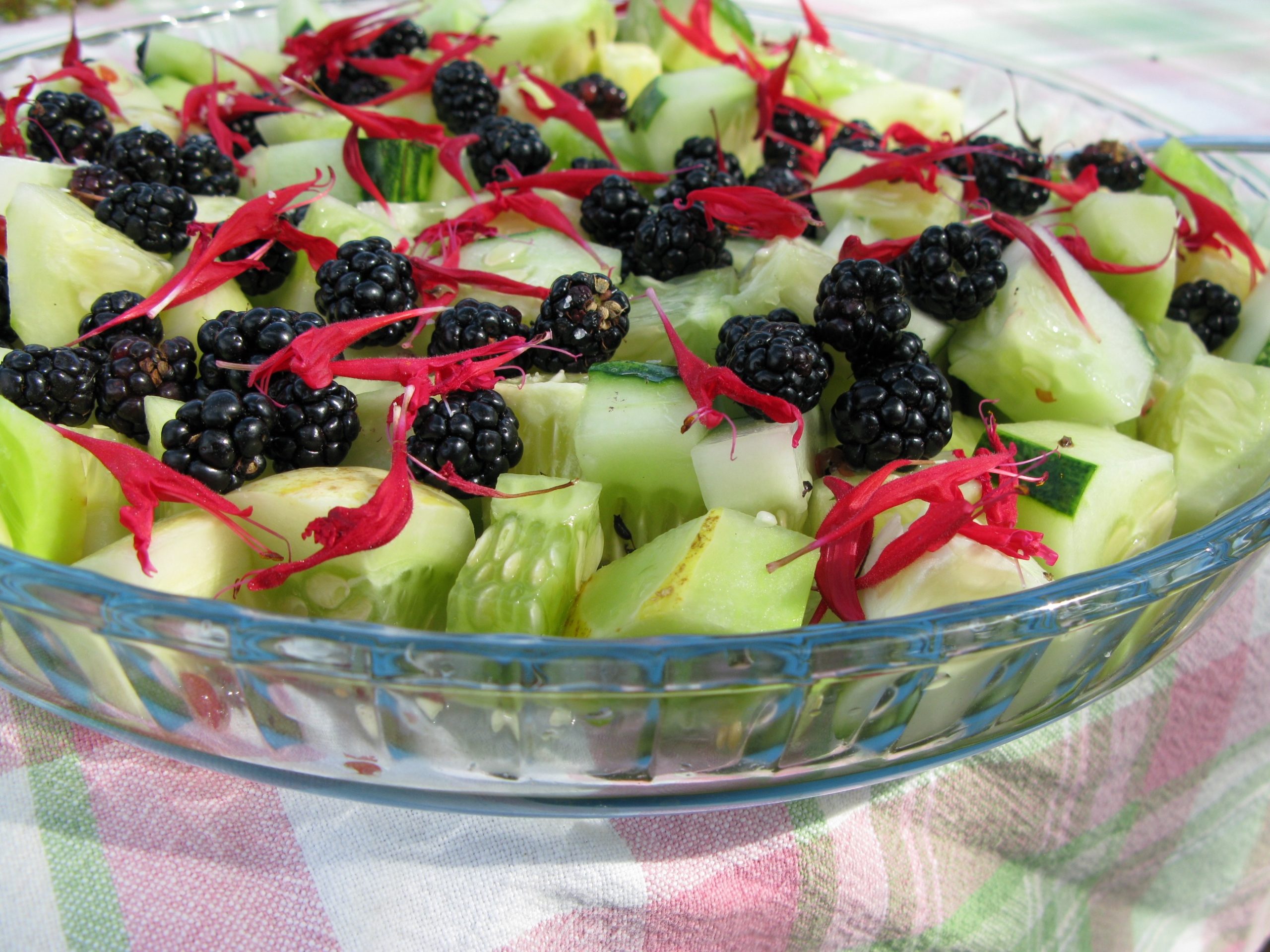Fall Supports
I am giving a talk at the East Meets West Medicine Fest in NYC in November, which is organized around the idea of combining yogic and herbal practices. So when my friend from herb school Beate Grieben-Francis sent an invitation to her ‘Herbs and Yoga – Fall Support’ course in Cambridge, I went to see what her interpretation of this combination of therapies was like. I love Beate’s way: she is beautifully present; her way of speaking is soothing and calls you in; the presence of her body is calming. She flows: not flamboyantly – in a just-under-the-surface, barely-moving, cooling brook kind of way.
Some of the things that came up at her talk were Ayurvedic in nature, some were Chinese 5-element. I’ll skip those frameworks and review the herbs and techniques she shared for being prepared for fall:
- Eat autumnal foods to help sustain, preserve energy and keep warm:
- Vegetables getting harvested now have layers and thick skins, like cabbage and onions, and winter squash. Root vegetables in oranges, reds, and deep yellows are heartier than earlier fruits and vegetables: strawberries and thin-leaved spring greens.
- Freshly grated ginger root, New Mexican spices like cayenne, chipotle, Ancho chilies, and raw honey in water is warming and delicious.
- Cooking foods slowly, like slow roasting, slow simmering, or stewing are all great ways to prepare concentrated-nutrient foods to prepare for winter now.
- Bitter greens help cleanse at the change of seasons; they enervate our digestive juices. Eating more cooked greens as we move into winter will allow better nutrient assimilation.
- Kitchen herbs for fall health benefits: Basil, Chamomile, Calendula, Garlic, Ginger, Mint, Sage, Rosemary, Thyme. All can be made into tea or added to food for flavoring.
- Local herbs such as Burdock, Calendula, Dandelion, Echinacea, Elderberry, Garlic, Nettle, Mints, Red Clover, Sage, Thyme, and Yarrow can all still be harvested and made into teas or tinctures.
- Herbs for flexibility, such as cinnamon bark and turmeric, can be used to deepen yoga practice.
- A glass of water with lemon in the morning to get the digestive fire going and to neutralize the pH in the body. Apple cider vinegar and honey in water can serve similarly.
- Prepare early for the dry coughs of winter by preparing a thyme and honey cough syrup from still-green garden thyme.
- A room spritz of Tea Tree, Sage, and Orange is a refreshing, uplifting, and cleansing for stale late fall and winter indoor air.




